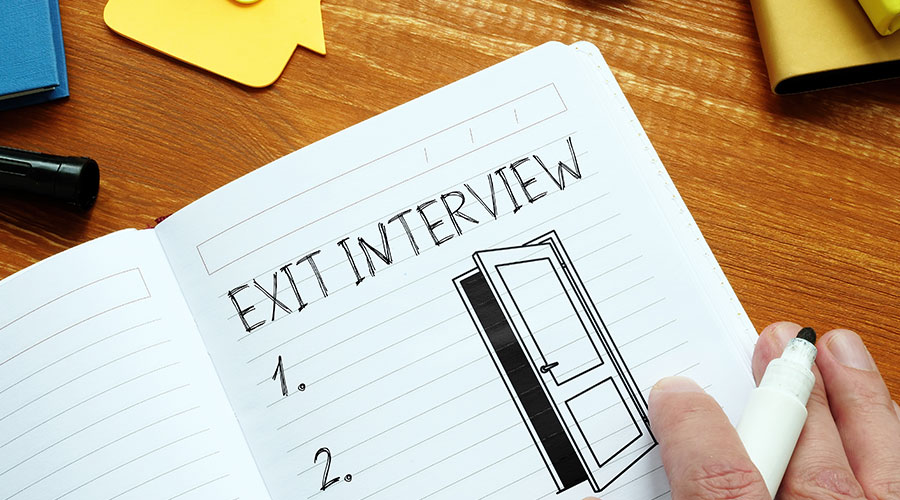Meeting Standards, Controlling Costs
In an ideal world, all BSL programs would benefit from rigorous pre-planning routines and consider all aspects of engineering and operational planning during the early phases of facility design. However, many labs are constructed either in existing buildings or as an afterthought in new construction. Either way, the design must meet the rigorous standards required of a BSL facility. The key is to understand fully the scope of work to be accomplished — before work begins.
A crucial step is to assemble a design team representing engineering, operations and management. An experienced BSL design and development firm can serve as a mentor and provide construction oversight, helping to prevent costly mistakes to resolve conflicts between team members.
Key questions to be assessed include:
- What is the primary threat. “Threat” refers to the infectious agent or other material being studied in the lab, which poses a threat if it is not contained.
- Will its arrival at the facility be anticipated, as in a research facility, or unanticipated, as may be the case in a diagnostic or security laboratory?
- Is the threat limited to biological materials, or could it include chemical, radiological, nuclear or explosive substances?
- Does the design provide a cost-effective, yet reliable solution?
- Will staff training and qualifications complement the capabilities of the lab?
- Is the basic workflow fully understood by the design team?
- Will the mission and therefore the workflow change?
Answering these questions and understanding how each relates to the overall design process will help avoid shortfalls and keep development cost under control.
BSL 3 and 4 environments will continue to set the standard for research excellence. As a result, a growing number of organizations will be constructing BSL 3 and 4 labs, and a growing number of facility executives will be responsible for managing them. With a sound construction strategy, the highest level of safety can be provided for the facility, personnel and surrounding community — while preserving the high level of research excellence. 
John DeLeonardis is program director for biomedical services at SoBran, Inc. Keith James is director of CBRNE programs for the firm. SoBran provides technical, management and operational support services for demanding projects, including biomedical research support.
Related Topics:















